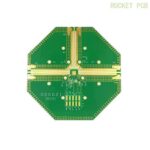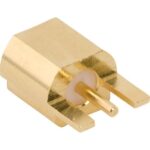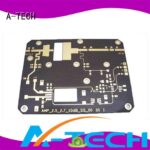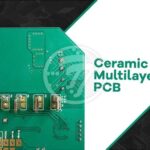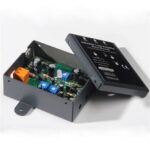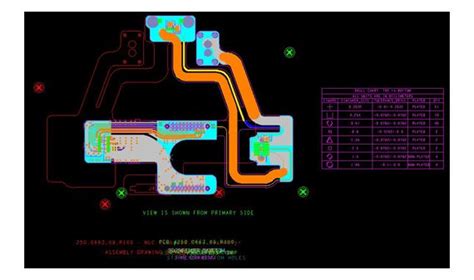
ALL ABOUT FLEX PCB
-
 Read more: Flexible Circuits-9 Factors you need to Consider When Designing
Read more: Flexible Circuits-9 Factors you need to Consider When DesigningFlex Circuit Design Flexible circuits, also known as flex circuits or flexible printed circuit boards (PCBs), have gained popularity in recent years due to their versatility and ability to fit into tight spaces. When designing a flex circuit, there are several critical factors to consider to ensure optimal performance, reliability, […]
-
Prototype PCB Cheap China – How To Explore
Posted by
–
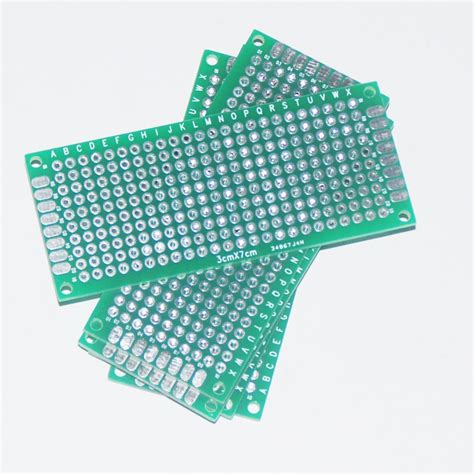 Read more: Prototype PCB Cheap China – How To Explore
Read more: Prototype PCB Cheap China – How To ExploreWhat is a PCB Prototype? Before diving into the details of getting PCB Prototypes made in China, let’s first define what a PCB prototype is. A PCB prototype is an early version of a printed circuit board that is used for testing and validation purposes before mass production. PCB prototypes […]
-
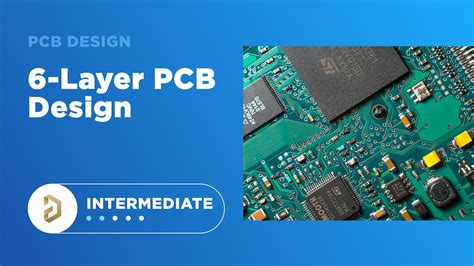 Read more: Some PCB Design Guidelines You Need to Know An Advise From a PCB Engineer
Read more: Some PCB Design Guidelines You Need to Know An Advise From a PCB EngineerUnderstanding the Basics of PCB Design Before diving into specific guidelines, it’s important to understand the basics of PCB design. A printed circuit board is a flat board made of insulating material with conductive tracks on one or both sides. Components are mounted on the board and connected by the […]
-
Flexible PCB Prototype Manufacturing Services
Posted by
–
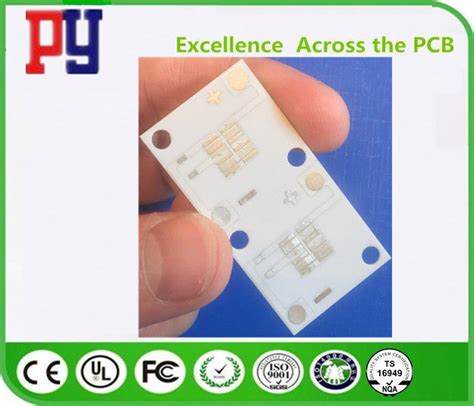 Read more: Flexible PCB Prototype Manufacturing Services
Read more: Flexible PCB Prototype Manufacturing ServicesIntroduction to Flexible PCB Prototyping Flexible printed circuit boards (PCBs) have revolutionized the electronics industry by enabling the creation of lightweight, compact, and high-performance devices. Unlike traditional rigid PCBs, flexible PCBs can bend, twist, and conform to various shapes, making them ideal for applications that require flexibility, such as wearable […]
-
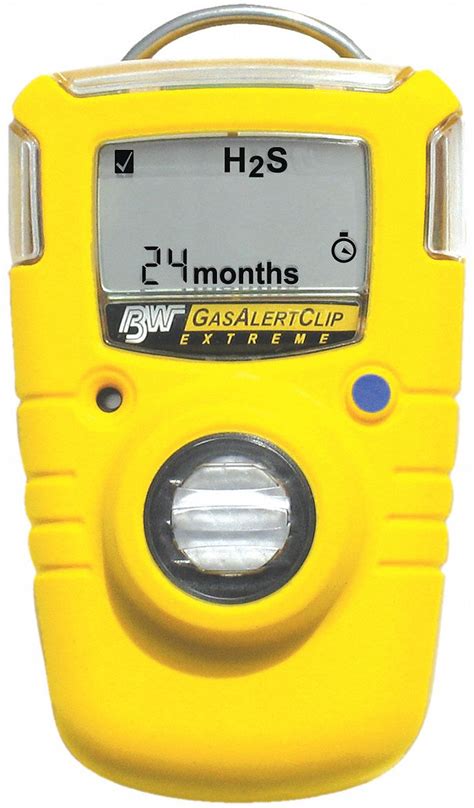 Read more: Hydrogen Sensor: A Safety Hydrogen Detection Instrument
Read more: Hydrogen Sensor: A Safety Hydrogen Detection InstrumentWhat is a Hydrogen Sensor? A hydrogen sensor is a device that detects the presence of hydrogen gas in the surrounding environment. It is designed to measure the concentration of hydrogen and trigger an alarm or initiate safety measures when the levels exceed a certain threshold. Hydrogen sensors are critical […]
-
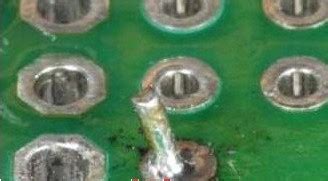 Read more: PCB Soldering-15 Common PCB Soldering Problems to Avoid
Read more: PCB Soldering-15 Common PCB Soldering Problems to Avoid1. Cold Solder Joints Cold solder joints occur when the solder does not melt completely, resulting in a weak and unreliable connection. This can happen due to insufficient heat, improper solder alloy, or contamination of the soldering iron tip or the PCB surface. To avoid cold solder joints: – Ensure […]
-
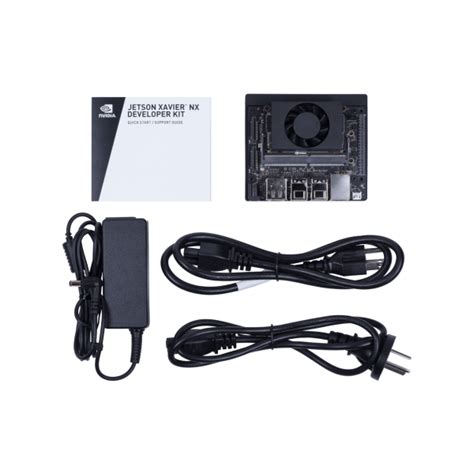 Read more: Jetson Xavier NX: A Compact AI System-on-Module Supercomputer
Read more: Jetson Xavier NX: A Compact AI System-on-Module SupercomputerIntroduction to Jetson Xavier NX The Jetson Xavier NX is a powerful and compact AI system-on-module (SOM) developed by NVIDIA. It is designed to bring supercomputer performance to edge devices, enabling them to run advanced AI applications with unprecedented efficiency. This article will explore the features, specifications, and potential applications […]
-
Sensor Circuits: A Complete Guide
Posted by
–
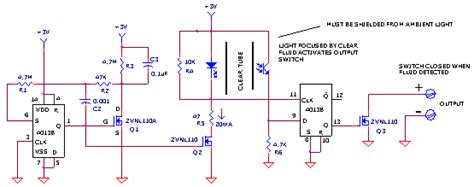 Read more: Sensor Circuits: A Complete Guide
Read more: Sensor Circuits: A Complete GuideIntroduction to Sensor Circuits A sensor is a device that detects and responds to changes in its environment. It converts physical phenomena such as light, heat, motion, or pressure into electrical signals that can be measured and processed. Sensor circuits are the electronic interfaces that enable sensors to communicate with […]
-
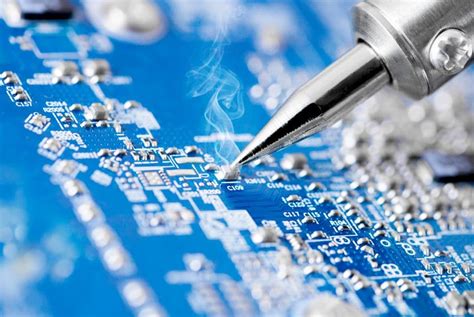 Read more: 10 Issues We Need to Pay Attention to in PCB Soldering
Read more: 10 Issues We Need to Pay Attention to in PCB SolderingIntroduction to PCB Soldering PCB soldering is a critical process in the manufacturing of electronic devices. It involves joining electronic components to a printed circuit board (PCB) using molten solder. Proper PCB soldering ensures the reliability and functionality of the electronic device. However, there are several issues that can arise […]
-
 Read more: MCP6004 Datasheet – A Look Into the Low Power Quad Op-Amp
Read more: MCP6004 Datasheet – A Look Into the Low Power Quad Op-AmpIntroduction to the MCP6004 The MCP6004 is a low power quad operational amplifier (op-amp) integrated circuit from Microchip Technology. This versatile op-amp chip offers excellent performance while consuming very little power, making it an ideal choice for battery-powered and portable applications. In this article, we’ll dive deep into the MCP6004 […]
